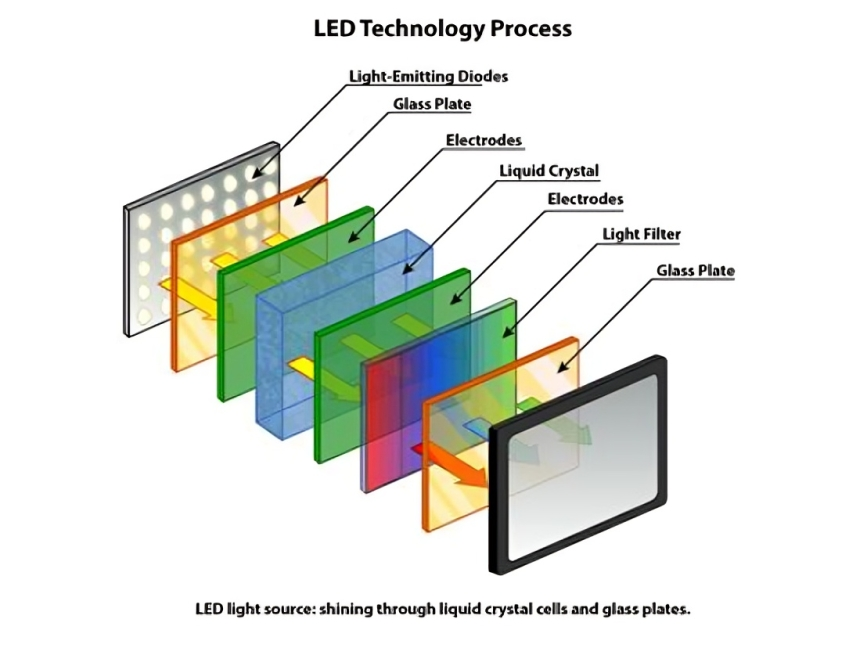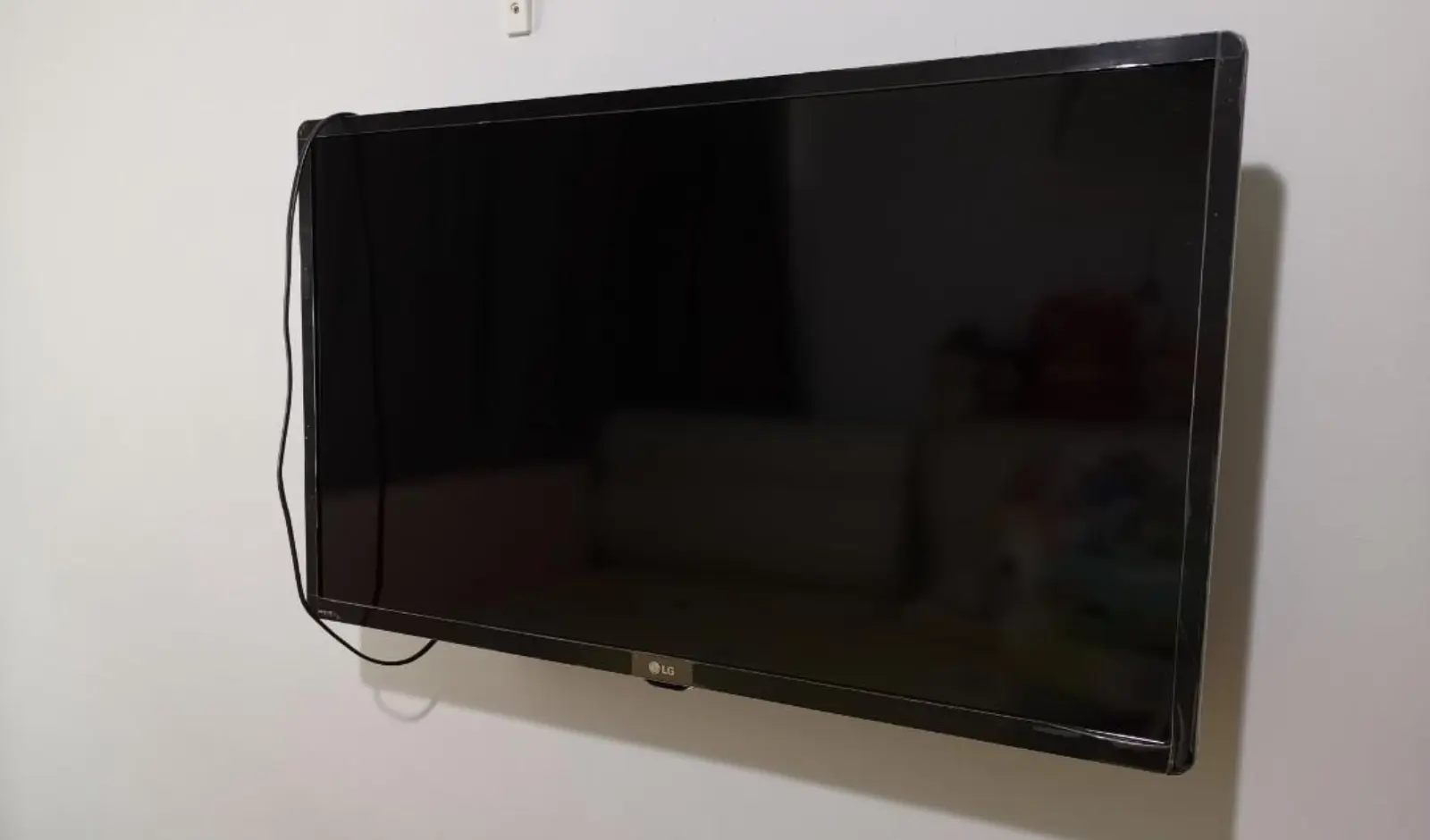LED TV is a kind of LCD TV that uses light-emitting diodes (LEDs) to light up the screen instead of the cold cathode fluorescent lights (CCFLs) found in regular LCD TVs.
Simply put, LED TVs are a specific type of LCD TV.
They use LEDs either behind the screen (full array) or along the edge of the screen (edge-lit) to create the light that passes through the liquid crystals and filters to create the picture.
This is why LED TVs generally have better picture quality compared to LCD TVs.
However, like any good product, LED TVs also have their drawbacks.
This article will guide you through everything you need to know about LED Technology and the TVs that use it.
Let’s move on…
LED TVs are a type of LCD TV

This is because they both use liquid crystal displays (LCD) to create images on the screen.
The main difference is in how they produce the light that shines through the LCD panel:
- Traditional LCD TVs often used fluorescent lamps as a backlight, though other light sources existed.
- LED TVs use light-emitting diodes (LEDs) as a backlight.
So, while they differ in the type of backlight they use, both LED TVs and traditional LCD TVs still rely on LCD technology to create the images you see on the screen.
Since LED backlighting became so dominant, now the terms ‘LCD TV’ and ‘LED TV’ are often used interchangeably in everyday conversation.
However, even though the real image is controlled by the LCD panel, the shift to LED backlighting was HUGE.
LEDs allowed for the benefits we love about LED TVs:
- Thinner Designs: No bulky lightbulbs needed.
- Energy Savers: LEDs are incredibly efficient compared to previous lights.
On the other hand, LEDs can get amazingly bright while also offering better-controlled dimming in specific sections of the screen.
How long do LED TVs last?
The lifespan of LED TVs mostly depends on how much you use them, how bright you set the screen, and how well you take care of them.
On average, LED TVs usually last between 4 to 10 years. But if you really look after them, some people say they can keep working for up to 13 years.
So, here’s the breakdown of LED TV lifespans:
- 40,000 to 100,000 hours: This is how long most LED TVs last when you use them in normal settings.
- High-end TVs: Sometimes, if you’ve got a really good quality TV with top-notch parts, it might last even longer than that.
Here’s a table explaining pros and cons of LED TVs:
| Feature | Pros | Cons |
|---|---|---|
| Picture Quality | Excellent brightness and clarity | Blacks aren’t as deep as OLED TVs |
| Viewing Angle | Good viewing angles on most models | Narrower viewing angles compared to OLED |
| Design | Slim and lightweight design | Thicker than QLED TVs |
| Price | More affordable than OLED TVs | High-end models can still be expensive |
| Energy Efficiency | More energy-efficient than older LCD TVs | Less energy-efficient than OLED TVs |
F.A.Q.s
Q: Are all LED TVs the same?
No, not all LED TVs are the same.
There are different types of LED backlighting technologies, such as edge-lit and full-array, which can affect the TV’s picture quality and performance.
Q: What should I look for when buying an LED TV?
When purchasing an LED TV, consider factors such as screen size, resolution (e.g., 4K or 8K), refresh rate, HDR support, smart TV features, and connectivity options.
It’s also really important to compare the picture quality and choose a reputable brand.
Q: Do LED TVs emit harmful blue light?
LED TVs, like most electronic displays, emit blue light.
However, modern LED TVs often have built-in features such as blue light filters or “low blue light” modes to reduce eye strain and minimize the potential negative effects of blue light exposure.

Abdul Kader, a handy guy and experienced founder of a TV repair shop in Gulshan, Dhaka, Bangladesh. He is mainly an expert in understanding and repairing different types of issues with Smart TVs and providing helpful insights on how to keep them in good working order. Read his Full Story.

